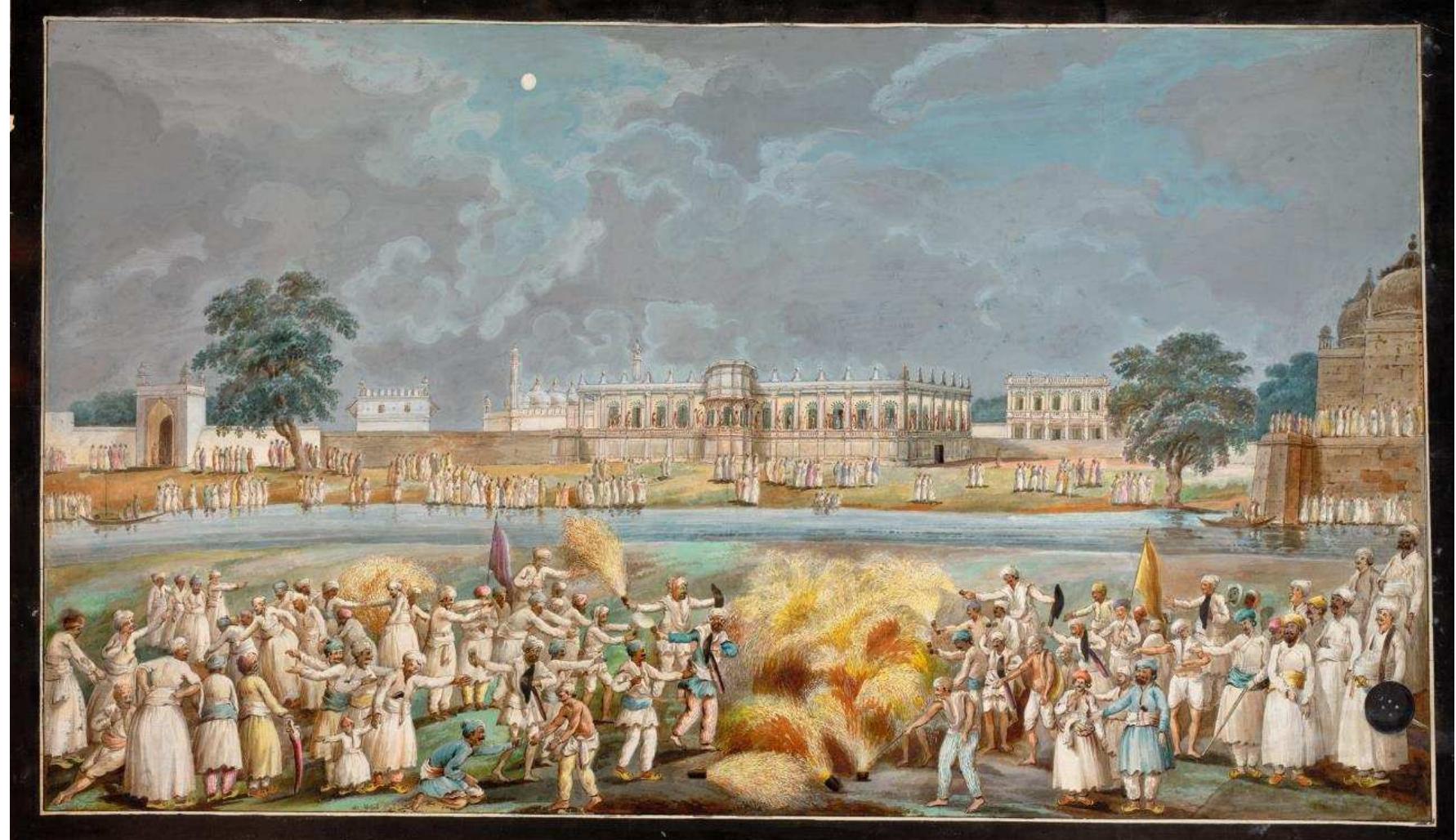
Menu

Located in the heart of Ahmedabad, the Jama Masjid is one of the most prominent and beautiful mosques in India. Built in 1424 by Sultan Ahmed Shah, the founder of Ahmedabad, this mosque is a shining example of Indo-Islamic architecture and remains a significant place of worship for Muslims in the city.
The architecture of the Jama Masjid is a harmonious blend of traditional Islamic and local Hindu design elements, reflecting the region’s diverse cultural heritage. Constructed with yellow sandstone, the mosque’s facade is adorned with intricate carvings, and its columns and arches feature detailed floral patterns. The mosque’s symmetrical design and impressive size make it a masterpiece of medieval Islamic architecture.
One of the most striking features of the Jama Masjid is its open courtyard, which is surrounded by 260 pillars, each with beautifully carved bases and capitals. The central prayer hall, topped with domes, is a serene space where worshippers gather for prayers. The delicate lattice work, ornate arches, and massive central dome give the mosque a grandeur that is both peaceful and awe-inspiring.
The mosque’s design incorporates traditional Islamic features, such as mihrabs and minarets, but also includes local elements like detailed stonework and Hindu motifs, showcasing the fusion of architectural styles in the region.
Today, the Jama Masjid stands as an important cultural and religious landmark in Ahmedabad. It not only serves as a place of worship but also attracts thousands of tourists annually, who come to admire its architectural splendor and historical significance.



